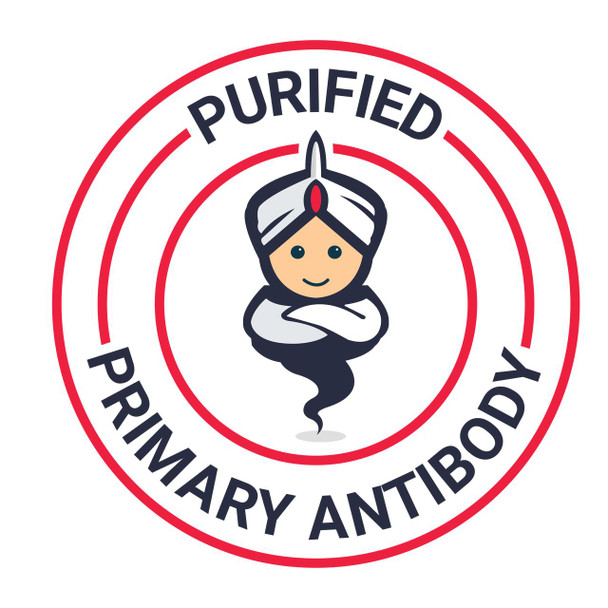Description
system_update_altDatasheet
| Product Name: | CD97 monoclonal antibody (FITC) |
| Product Code: | AGIM0066 |
| Size: | 500 µL |
| Reactivity: | Human |
| Clone: | MEM-180 |
| Applications: | Flow Cytometry |
| Conjugate: | FITC |
| Isotype: | IgG1 |
| Host Species: | Mouse |
| Storage: | Store at 4°C. Avoid prolonged exposure to light. |
| Uniprot: | P48960 |
| Background: | CD97 is a G-protein-coupled seven-span transmembrane adhesive receptor that is constitutively expressed on granulocytes and monocytes and rapidly upregulated on T and B cells upon activation. CD97 is produced in alternatively spliced forms and its cellular ligand is CD55 (DAF), which protects various cell types from complement-mediated damage. Interaction of CD97 on leukocytes and CD55 on vessel cells probably facilitate leukocyte activation and migration into the tissues, similarly, CD97 seems to play a role in tumour migration and invasiveness. CD97 is involved in T cell regulation and peripheral granulocyte homeostasis. |
| UniProt Protein Function: | CD97: Receptor potentially involved in both adhesion and signaling processes early after leukocyte activation. Plays an essential role in leukocyte migration. Belongs to the G-protein coupled receptor 2 family. LN-TM7 subfamily. 3 isoforms of the human protein are produced by alternative splicing. |
| UniProt Protein Details: | Protein type:GPCR, family 2; Receptor, GPCR; Membrane protein, integral; Membrane protein, multi-pass Chromosomal Location of Human Ortholog: 19p13.12 Cellular Component: focal adhesion; integral to plasma membrane; membrane; plasma membrane Molecular Function:protein binding; transmembrane receptor activity Biological Process: cell motility; cell-cell signaling; immune response; inflammatory response |
| NCBI Summary: | This gene encodes a member of the EGF-TM7 subfamily of adhesion G protein-coupled receptors, which mediate cell-cell interactions. These proteins are cleaved by self-catalytic proteolysis into a large extracellular subunit and seven-span transmembrane subunit, which associate at the cell surface as a receptor complex. The encoded protein may play a role in cell adhesion as well as leukocyte recruitment, activation and migration, and contains multiple extracellular EGF-like repeats which mediate binding to chondroitin sulfate and the cell surface complement regulatory protein CD55. Expression of this gene may play a role in the progression of several types of cancer. Alternatively spliced transcript variants encoding multiple isoforms with 3 to 5 EGF-like repeats have been observed for this gene. This gene is found in a cluster with other EGF-TM7 genes on the short arm of chromosome 19. [provided by RefSeq, Jun 2011] |
| UniProt Code: | P48960 |
| NCBI GenInfo Identifier: | 90110013 |
| NCBI Gene ID: | 976 |
| NCBI Accession: | P48960.4 |
| UniProt Secondary Accession: | P48960,O00718, O76101, Q8NG72, Q8TBQ7, A8K7Z4, B2RBJ9 |
| UniProt Related Accession: | P48960 |
| Molecular Weight: | 86,628 Da |
| NCBI Full Name: | CD97 antigen |
| NCBI Synonym Full Names: | adhesion G protein-coupled receptor E5 |
| NCBI Official Symbol: | ADGRE5 |
| NCBI Official Synonym Symbols: | CD97; TM7LN1 |
| NCBI Protein Information: | CD97 antigen |
| UniProt Protein Name: | CD97 antigen |
| UniProt Synonym Protein Names: | Leukocyte antigen CD97; CD_antigen: CD97 |
| Protein Family: | CD97 antigen |
| UniProt Gene Name: | CD97 |
| UniProt Entry Name: | CD97_HUMAN |






